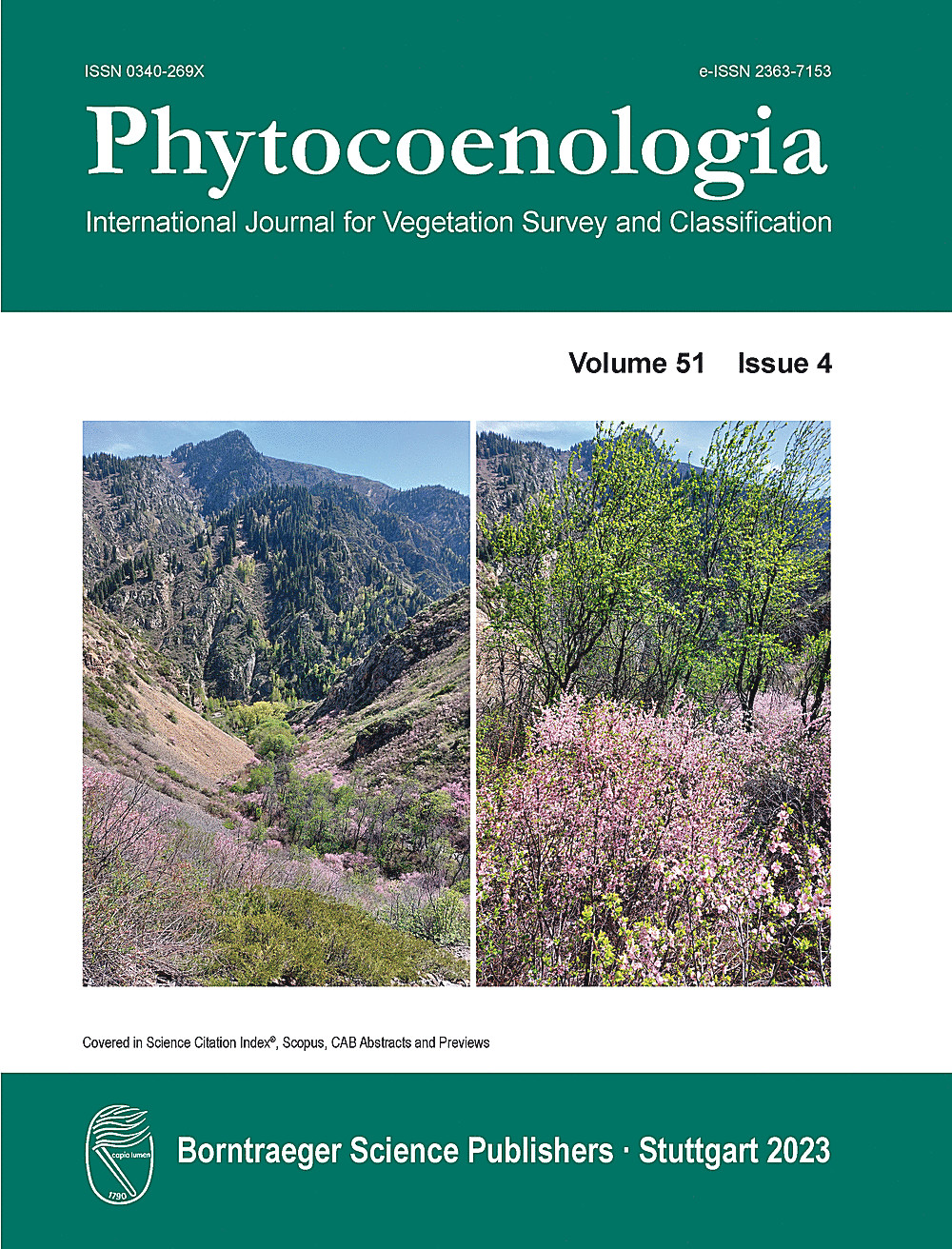Ver ítem
- xmlui.general.dspace_homeCentros Regionales y EEAsCentro Regional La Pampa - San LuisEEA San LuisArtículos científicosxmlui.ArtifactBrowser.ItemViewer.trail
- Inicio
- Centros Regionales y EEAs
- Centro Regional La Pampa - San Luis
- EEA San Luis
- Artículos científicos
- Ver ítem
Potential niche for Pinus halepensis Mill. invasion in South America: a modelling approach
Resumen
Biological invasions are a widely known problem throughout the world, because of the damage they cause to the environment and biotic communities. In Argentina, many exotic woody species have been introduced by humans for ornamental or economic purposes, among them Pinus halepensis. This species has a high invasive potential, given its physiological plasticity and stress tolerance. Aims of this study were to determine the envi ronmental variables that
[ver mas...]
Biological invasions are a widely known problem throughout the world, because of the damage they cause to the environment and biotic communities. In Argentina, many exotic woody species have been introduced by humans for ornamental or economic purposes, among them Pinus halepensis. This species has a high invasive potential, given its physiological plasticity and stress tolerance. Aims of this study were to determine the envi ronmental variables that favored invasion of P. halepensis, and to assess the habitat suitability for the species throughout South America. For this, we used the maximum entropy algorithm (Maxent) and twenty one cli matic variables from the WorldClim website. The significant predictive variables were the mean temperature of coldest quarter, annual precipitation, isothermality, precipitation of driest month, mean diurnal range, and the mean temperature of wettest quarter. The most suitable areas would correspond to the central-eastern region of Argentina, Uruguay and Central Chile. According to results, the high plasticity of the species, and considering the current discussion on climate change, which predicts an increase in severe droughts and extreme tempera ture events, an even more favorable environment for the invasion of P. halepensis is to be expected.
[Cerrar]

Autor
Fuente
Phytocoenologia 51(4) : 357-366. (April 2023)
Fecha
2023-04
Editorial
Schweizerbart Science Publishers
ISSN
0340-269X
Formato
pdf
Tipo de documento
artículo
Palabras Claves
Derechos de acceso
Restringido
 Excepto donde se diga explicitamente, este item se publica bajo la siguiente descripción: Creative Commons Attribution-NonCommercial-ShareAlike 2.5 Unported (CC BY-NC-SA 2.5)
Excepto donde se diga explicitamente, este item se publica bajo la siguiente descripción: Creative Commons Attribution-NonCommercial-ShareAlike 2.5 Unported (CC BY-NC-SA 2.5)


